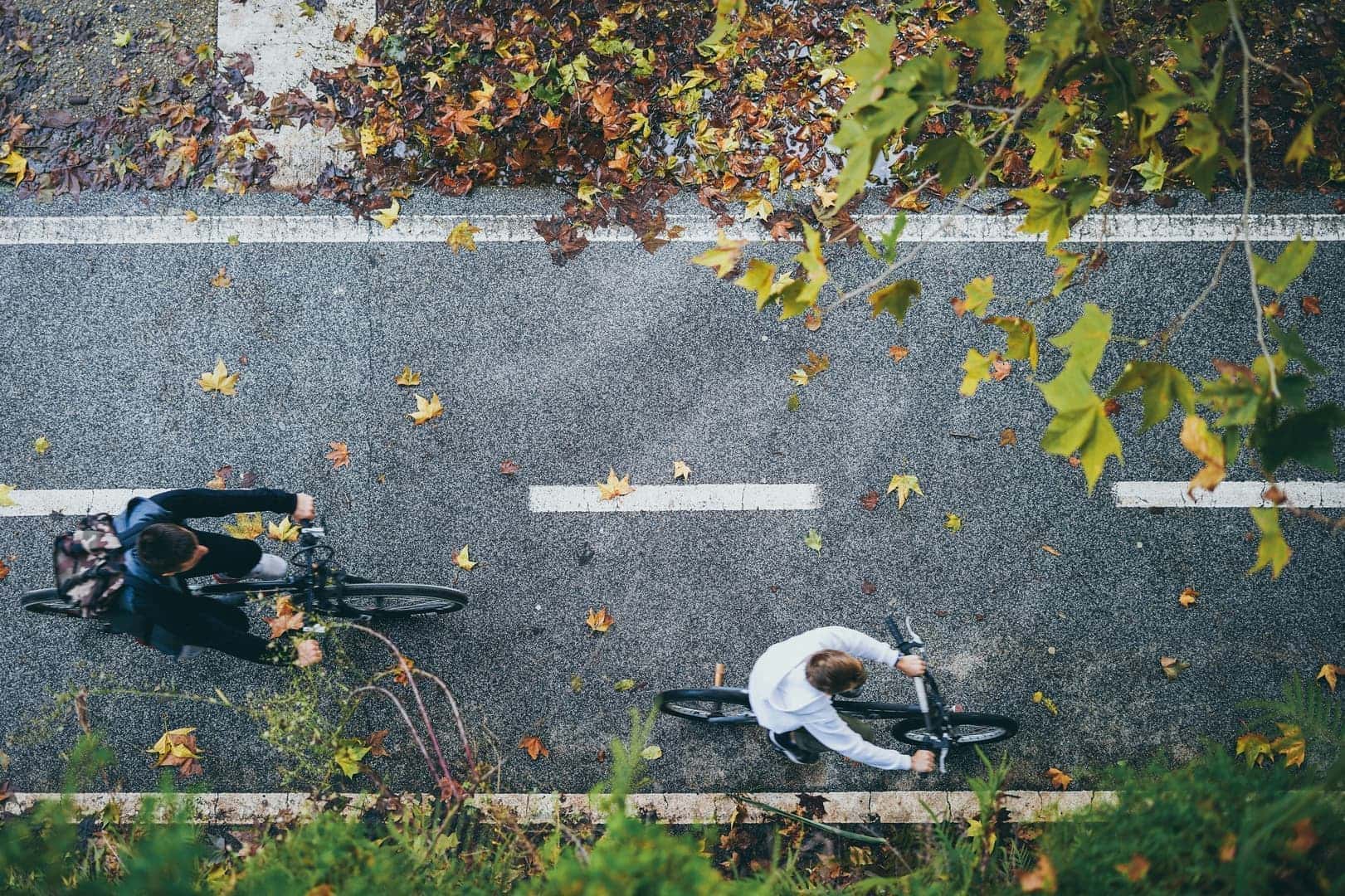
Autumn markets: rediscovering local flavors before winter
Apples, pumpkins, chestnuts, mountain cheeses... October markets across Europe burst with color and fragrance. It's the perfect time to support local producers and fill your kitchen with fresh, sustainable, flavorful food.
Why buy local in autumn?
Buying from markets reduces transport emissions, supports family farms, and brings fresher, nutrient-rich produce. Across France, Italy, and Germany, many farmers sell directly — often cheaper than imported goods. Autumn fruits and vegetables like pumpkin, pear, cabbage, and celery also keep well without refrigeration.
Simple ideas for cooking seasonally
With a few market finds, you can make a comforting soup (see our seasonal autumn soup recipes), a rustic apple tart, or a pumpkin-and-cheese gratin. Dried herbs like thyme, bay leaf, and sage add warmth and fragrance. An evening of cooking is also a way to slow down and savor the season.
Markets to visit across Europe
• France: the Dieppe market, often ranked among the country's finest, overflows with Norman produce. • Italy: Florence's Mercato Centrale blends organic farmers with local specialties. • Germany: Munich's autumn markets already hint at winter with sauerkraut and spiced bread. Markets are more than stalls — they're spaces for community and culinary heritage.
Frequently asked questions
How can I tell if a product is truly local?
Ask the vendor where and when the product was harvested. Labels such as 'local', 'farm-made', or the EU organic logo indicate nearby origins. When in doubt, stick to seasonal produce — no melons or fresh tomatoes in October!
What if I don't have a market nearby?
Join a CSA or local food co-op. Many European supermarkets now highlight 'short supply chain' produce with clear in-store labels.
Conclusion: Visiting an autumn market is more than shopping — it's a walk, a meeting, a reconnection to the season. Buying local feeds your body, your community, and the environment at once.
About the author:
Alexandre Dubois is a European sustainability enthusiast who shares practical, tested tips for everyday life. From saving on household energy to reducing waste, he focuses on simple changes that deliver real impact. He writes from personal experience, testing solutions in his own home before recommending them. Contact: info@greendailyfix.com
Related posts

Reconnecting with Nature in the City: 5 Simple Ways to Make It Happen
Living in a city doesn't mean living apart from nature. Amid noise, screens, and constant motion, we often forget that life still thrives all around us. In 2025, urban biophilia inspires new ways to slow down, breathe, and feel connected again.

Sustainable Fashion 2025: How to Dress Without Harming the Planet
Every year, the world produces over 100 billion garments — and more than half end up unused or discarded. In 2025, sustainable fashion is no longer a niche trend but an environmental and economic necessity. Here's how to dress consciously without giving up style.

Moving smarter: bike, carpool, train — greener travel habits for 2025
Mobility is changing fast. With fuel prices rising and awareness growing, Europeans are reinventing daily travel. Fewer cars, more sharing, more trains: here's how to move smarter, cheaper, and cleaner in 2025.

Water, the Blue Gold: 7 Simple Habits to Save Without Sacrificing Comfort
In Europe, each household still uses around 140 liters of water per person per day. Yet most of it can be saved without giving up comfort. Here are seven practical, easy-to-adopt habits to cut your bill and protect this vital resource.